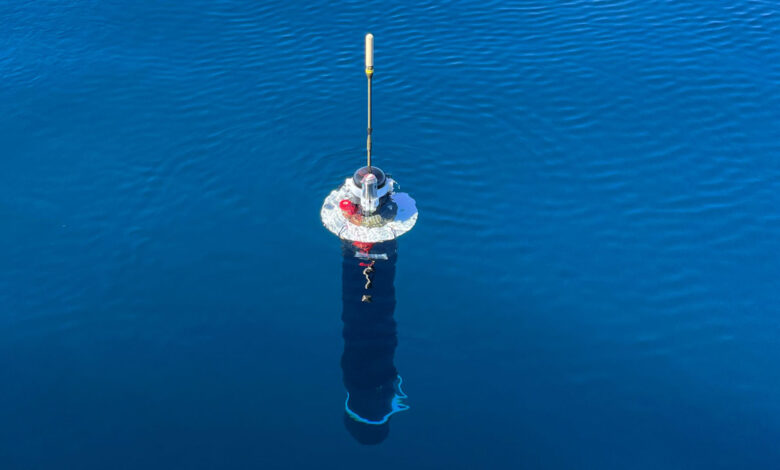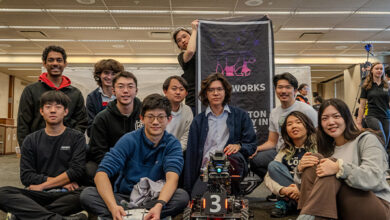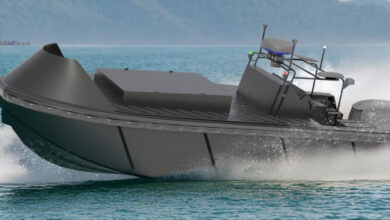NASA spinoff creates self-charging sea robots for endless exploring

California-based firm Seatrec Inc. uses technology developed by NASA to enable robots to explore the seafloor indefinitely without human intervention.
The company’s new system for robots allows them to draw power while at sea. The technology could help explorers chart vast swathes of the ocean that have so far remained unexplored.
Seatrec’s founder and CEO, Yi Chao, worked at NASA’s Jet Propulsion Laboratory (JPL) in Southern California for 15 years. Before that, he earned his doctorate in ocean sciences.
How Seatrec’s system works
Seatrec’s system uses technology created at NASA’s JPL and licensed from the California Institute of Technology.
The company’s float system, called infiniTE, uses phase-change materials to generate power at sea. Phase-change materials are substances that transition between solid and liquid states at temperatures that make them easily manipulable.
Seatrec’s system takes advantage of the volume change caused by this transition to generate power. Kinetic energy from this volume expansion spins a motor. This motor generates electricity, which can be used to recharge the robot’s battery.
The Seatrec team chose a common paraffin-based material for their system. This material has a melting point of roughly 50º F (10º C). Average ocean temperatures are 40º F (4.44º C).
When the robot dives into the ocean, the surrounding water gets colder, the material freezes and expands, and the motor starts to spin. Once the robot surfaces, the material will melt once again, allowing the process to be repeated indefinitely.
Exploring the ocean floor
Chao licensed the technology used by Seatrec from the California Institute of Technology, which manages JPL. He founded the company in 2016, having tested a prototype of the system at JPL in 2011.
Chao and his colleagues tested a prototype float at JPL in 2011 and then tested an underwater glider that operated under the same principle but could also move horizontally. Later, Chao exclusively licensed the invention from the California Institute of Technology, which manages JPL. He founded Seatrec in 2016.
As reported by RobReport, Seatrec’s technology could be used for deepsea exploration, for deepsea mining, for laying internet cables on the seafloor, and a whole host of other applications.
On its website, Seatrec also states that its technology eliminates battery littering on the seafloor. It has also used its system to measure hurricane intensity in the Gulf of Mexico.
Roughly 80 percent of the world’s ocean floor remains uncharted, meaning this new power system could allow autonomous drones to chart vast never-before-seen areas. How apt that the technology was developed in a NASA laboratory.
ABOUT THE EDITOR
Chris Young Chris Young is a journalist, copywriter, blogger and tech geek at heart who’s reported on the likes of the Mobile World Congress, written for Lifehack, The Culture Trip, Flydoscope and some of the world’s biggest tech companies, including NEC and Thales, about robots, satellites and other world-changing innovations.



